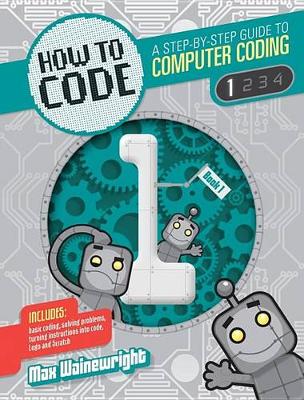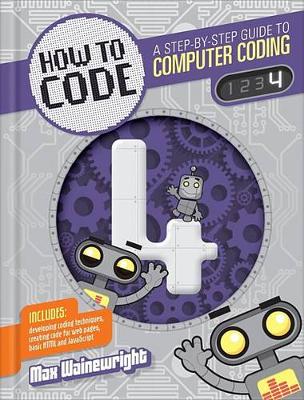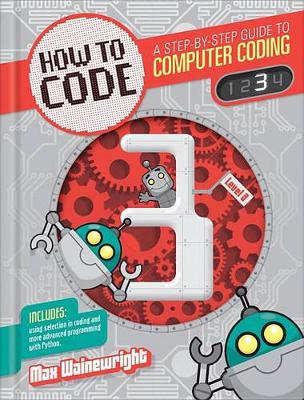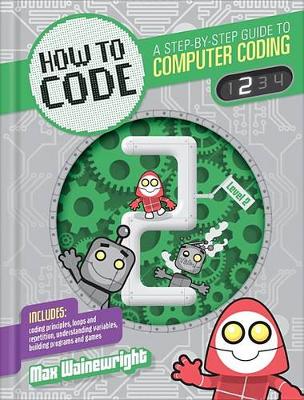How to Code: A Step by Step Guide to Computer Coding
5 total works
Learn how to design, animate and create incredible computer graphics using free software. With easy-to-follow, illustrated step-by-step instructions, create all types of projects, from Pop Art posters and photo cubes to game animations and a 3D city. Inspiration is offered from key artists, from the graffiti art of Banksy to the geometric art of Piet Mondrian. Each of the five chapters focuses on a key area of computer graphics, explaining the concepts and how to use the software, then offering projects that progress in difficulty from simple to "wow". Instructions are always easy to understand, with possible areas of confusion picked out.
Introduces basic coding concepts, discussing how to give instructions, how to write coded messages, and how to write basic graphic programs using Logo and Scratch.
Book 4 develops coding techniques further and readers can learn how to create codes that can run in web pages. Introduces basic HTML and JavaScript. The How to Code series introduces coding through clear and concise information, teamed with simple and practical tasks, from drawing shapes, giving instructions in code, building games and much more! With coding having been recently introduced into the UK curriculum as a result of the 'skills gap' within the industry, there's never been a better time to learn about programming. There are five titles in the How to Code series: Book 1: 978-1-78493-236-7 Book 2: 978-1-78493-237-4 Book 3: 978-1-78493-238-1 Book 4: 978-1-78493-239-8 Parent and Teacher Guide: 978-1-78493-240-4
Takes coding further by showing how to use selection in coding ('if' statements) and how to use more sophisticated languages like Python. Includes using selection in coding and more advanced programming with Python. All from Max Wainewright, an award winning programmer. Full-Color Photographs.
Introduces the basic principles of coding. Learn how to give instructions and turn instructions into code. Figure out how to debug code, solve problems and use algorithms. Includes basic coding, solving problems, turning instructions into code, logo and scratch. Full-Color Photographs, Table of Contents.




